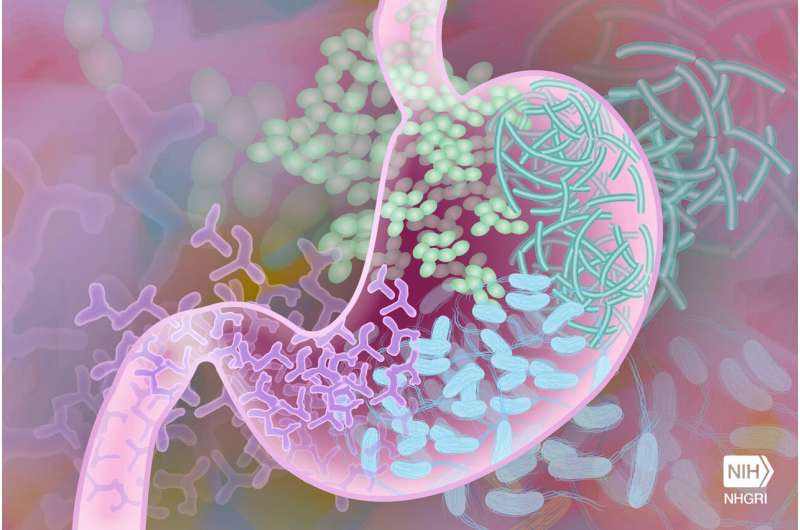Lifelong Development of Motor Skills: Using Percentile Reference Curves in Practice

Understanding motor skill development and decline across the lifespan is vital. This study introduces percentile reference curves for neuromotor functions, aiding early detection and intervention in motor performance issues from childhood to old age.
Motor skills such as dexterity, balance, and coordination are essential throughout all stages of life, influencing daily functioning and quality of life. These skills evolve significantly from childhood through old age, raising questions about the peak periods for motor performance and how these skills decline over time. To better understand these changes, researchers from the University of Zurich and the University Children's Hospital Zurich analyzed data from 1,620 participants aged 6 to 80 years, collected over four decades.
They employed the Zurich Neuromotor Assessment (ZNA), a comprehensive test that measures fine motor skills (like finger dexterity and agility), gross motor skills (such as jumping and coordination), balance (both with eyes open and closed), movement quality, and repetitive movements. A key advantage of the ZNA is its standardized approach, allowing individuals from children to seniors to perform the same exercises with modifications according to age, making the data highly comparable.
Findings indicate that motor skills develop most rapidly during childhood up to around age 10. Peak performance in strength, balance, and coordination typically occurs between the ages of 20 and 35, with men generally peaking about a year later than women. As individuals age beyond their peak, there is a gradual decline in most motor functions. Notably, women tend to outperform men in fine motor skills and balance, whereas men score higher in gross motor and strength tasks. Additionally, a higher body mass index correlates with poorer balance and gross motor performance.
A significant insight from the study is the faster decline of gross motor skills, balance, and muscle strength with age. Conversely, fine motor skills tend to stay relatively stable throughout old age. To facilitate early detection of deviations or decline, the research team established percentile reference curves, providing clinicians with standardized benchmarks to compare individual neuromotor functions across the lifespan. Such comparisons are crucial for identifying early impairments and implementing timely interventions.
The study emphasizes the importance of maintaining muscle strength and balance in older adults through consistent activity and exercise. This approach can help slow age-related decline and support healthy aging.
Published in "Frontiers in Aging Neuroscience," this research offers valuable tools for clinical practice, promoting proactive management of motor health across all ages.
Stay Updated with Mia's Feed
Get the latest health & wellness insights delivered straight to your inbox.
Related Articles
Spain Moves to Prohibit Smoking in Outdoor Public Spaces Including Bar Terraces and Parks
Spain advances a new law to ban smoking and vaping in outdoor public areas, including bar terraces and parks, to enhance public health and reduce tobacco-related risks.
Comprehensive Cardiovascular Screening in Men Aged 60-64 Does Not Significantly Reduce Mortality
A large Danish study finds that cardiovascular screening in men aged 60-64 does not significantly decrease overall mortality, highlighting the need for targeted prevention strategies.
Nearly 100 Passengers Affected by Norovirus Outbreak on Royal Caribbean Voyage
Nearly 100 passengers and crew members contracted norovirus on a Royal Caribbean cruise, prompting heightened safety and sanitation measures. Learn more about this contagious outbreak and prevention tips.
Advanced AI Analysis Uncovers Hidden Health Risks in Inflammatory Bowel Disease Patients
A new AI-powered analysis reveals that over half of inflammatory bowel disease patients experience additional autoimmune, mental health, or systemic conditions, emphasizing the need for holistic, multidisciplinary care.



